How To Take Care Of A Hamster?
To take care of a hamster, provide a spacious, secure cage with safe bedding, daily fresh water and balanced food, a running wheel and toys for exercise, gentle daily handling for taming, and routine health checks with a qualified exotic-pet veterinarian.
Follow the following instruction to take care of a hamster:
- Minimum recommended floor space: aim for at least 450 sq in (choose the largest cage possible).
- Safe bedding: paper-based or aspen bedding; avoid cedar/pine due to aromatic oils.
- Diet basics: daily hamster pellets, limited fresh vegetables, occasional fruit and protein treats.
- Water: supply via sipper bottle and change daily.
- Activity: provide an exercise wheel (solid surface), tunnels, and supervised out-of-cage time.
- Veterinary care: annual check or sooner if lethargy, diarrhea, respiratory signs, or weight loss occur.
These charming tiny bundles of fluff could make excellent companions. However, they require sufficient attention to be healthy and happy like any other pet. Keeping a hamster needs careful attention to every detail and an effort to give your pet a happy and secure environment.
A wonderful environment may be built for your new animal buddy with some effort and dedication. This resource will provide you with all the details you need to explore and perfect your skills, whether you’re a beginner or an expert pet owner.
How to Take Care of a Hamster For Beginners?
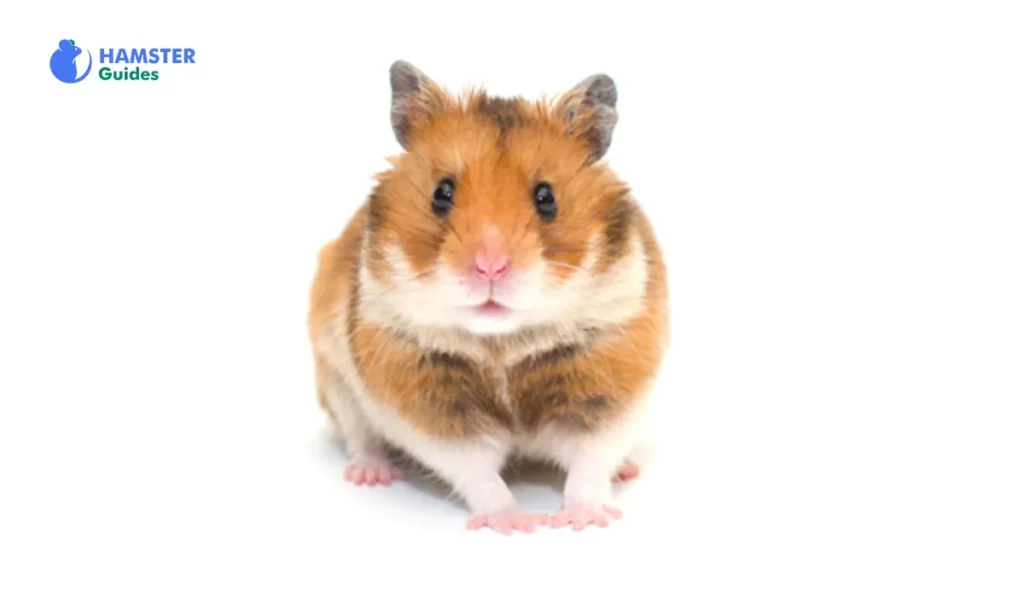
While caring for a hamster can appear complicated at first, it may be enjoyable if you understand what to do.
Built Environmental Friendly Habitat
Choose a cage with generous floor space (the larger the better — aim for at least 450 sq in of usable floor area). Suitable housing options include large glass aquariums with secure mesh tops or multi-level wire cages (ensure bars are close enough for the species). Furnish the cage with an exercise wheel (solid surface), hiding places, chew toys, tunnels, and nesting material. Place the cage in a quiet, draft-free room out of direct sunlight and away from loud noises.
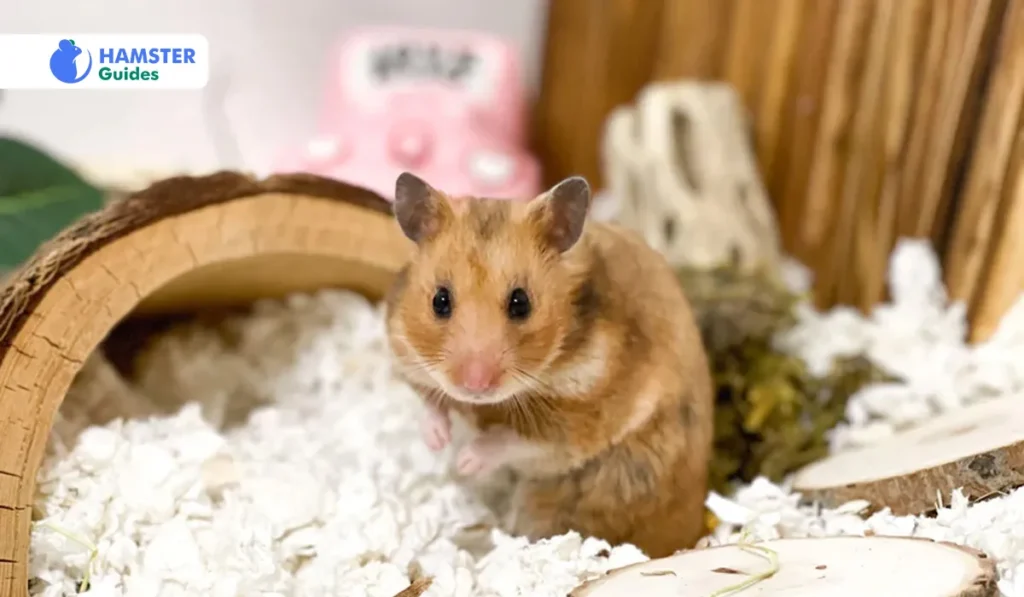
There should be sufficient space in the cage for toys, an exercise wheel, and a hiding place. Furthermore, the cage has to be cleaned with soap and water every week. For sure, your hamster feels relaxed. Place the cage in an environment that is reasonably free from loud noises.
Related Resource: Can Hamsters Eat Honeydew?
Comfortable Bedding & Hygiene
Use paper-based or kiln-dried aspen bedding approved for small mammals. Avoid aromatic softwoods such as cedar and unseasoned pine: their oils can irritate a hamster’s respiratory tract. Spot-clean soiled areas daily and perform a full cage clean with mild soap and warm water once a week; rinse and fully dry before returning bedding and accessories.
You only need to make the cage comfortable by providing acceptable toys, bedding, and hiding places. Considering your pet’s bedding requirements, offer your hamster some tissue paper or shaving aspens. Trouble breathing might result from consuming cedar and pine shavings.
Therefore, stay far from them. On occasion, make sure that you change the bedding. To maintain everything hygienic while avoiding health problems, wash the cage regularly.
Healthy Nutrition

Provide a high-quality commercial hamster pellet or mix as the daily staple. Supplement with small amounts of fresh vegetables (e.g., cucumber, carrot, spinach) a few times per week and offer tiny portions of fruit as an occasional treat. Fresh protein (boiled egg or mealworms) can be given once weekly. Always supply fresh water in a sipper bottle and change it daily. Avoid chocolate, caffeine, alcohol, and sticky or sugary human treats.
Meals packed with fiber, protein, and nutrients suit a healthy and active hamster. Commercial food mixes, fresh vegetables, and fruits are vital to a hamster’s diet. Chocolate coffee and sweets are not healthy for your hamster.
Make sure your hamster has access to fresh water every day, and a balanced diet that includes vegetables and fruits should be provided occasionally.
Related Resource: Can Hamsters Eat Hazelnuts?
Provision of Fresh Water
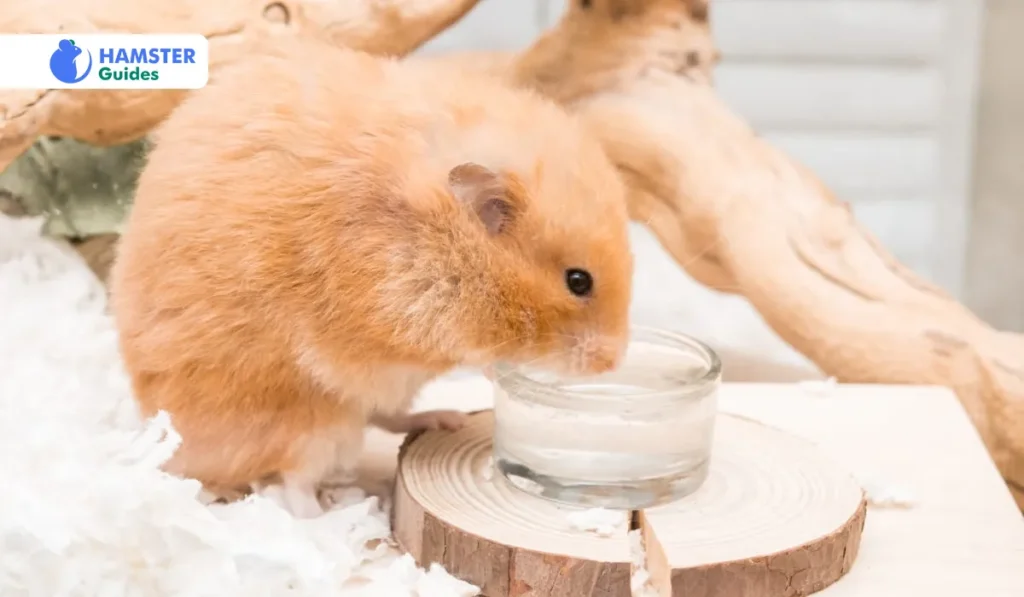
Keep your hamster hydrated by providing them with fresh water. Ensure you use a bottle of water instead of a dinner plate to avoid spills and change the water regularly.
Exercising Gadgets
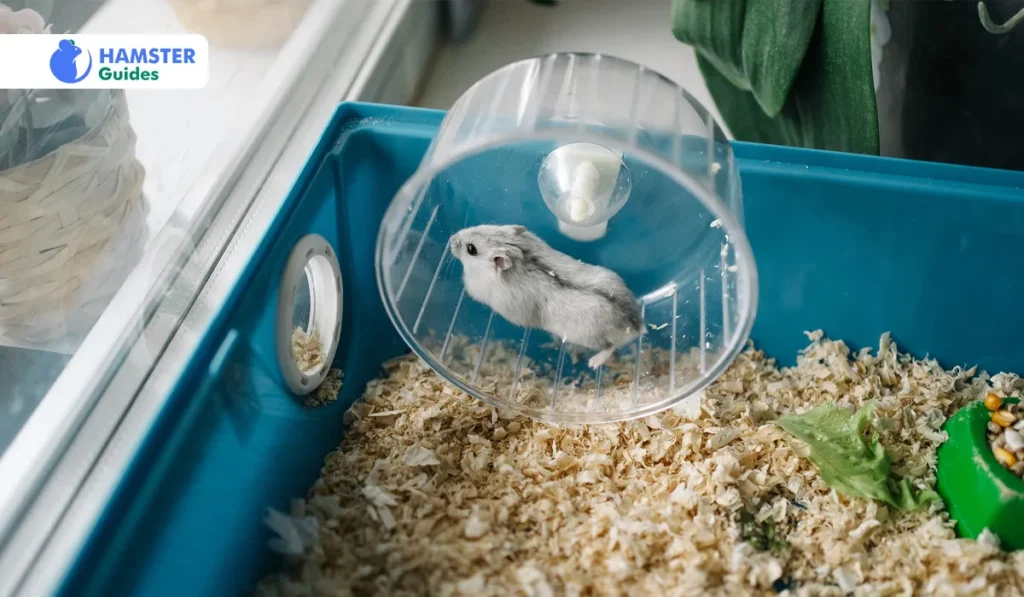
Hamsters need daily activity: a solid-surface running wheel, chew toys for dental health, and supervised out-of-cage play in a secure area. For taming, start with brief, calm interactions in the evening; offer treats from your hand, speak softly, and let the hamster approach you. Teach children safe handling: one adult should always supervise.
Exercise is crucial for your hammy because they’re highly active animals. Hamsters can benefit from using a ball or an exercise wheel to fulfill their exercise demands.
They are prone to obesity due to their tiny bodies. You ought to constantly maintain an eye on the hamster’s health and make sure they have enough area to play and run about each day.
Related Resource: Can hamsters have Honey?
Interaction and Taming
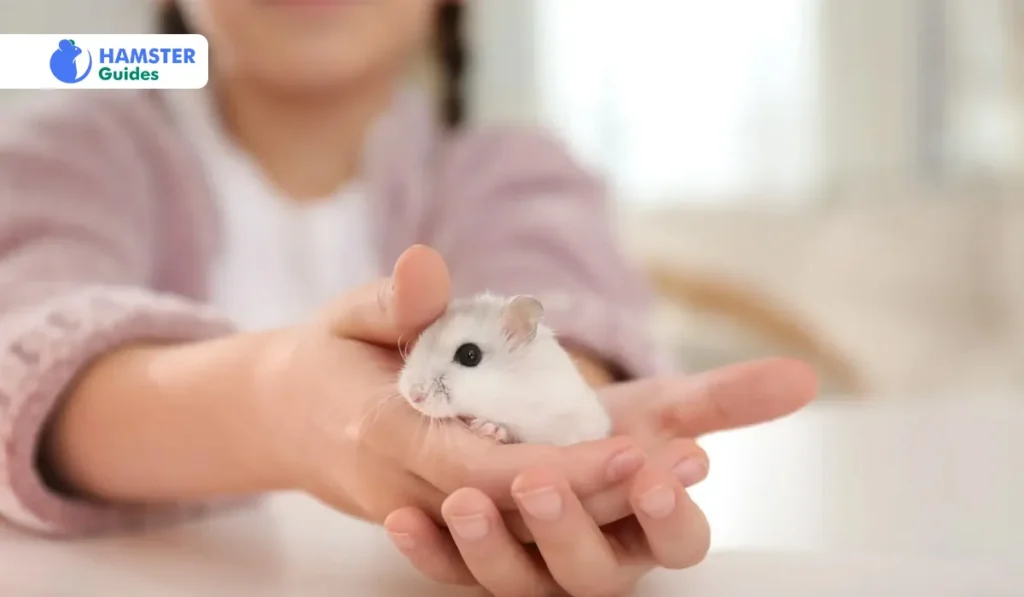
Hamsters typically require some time to grow interaction and get comfortable with their owners since they are quiet animals. Begin by spending time with your hamster while offering it food. Afterward, you could place your hand inside the cage and invite it to come to you.
You might start taking up and taking care of your hamster shortly after they feel comfortable with you. Furthermore, spend more relaxing time with your hamster by offering it soft caresses and speaking lightly to it.
Related Resource: Can Hamsters Eat Broccoli?
Regular Health checkups
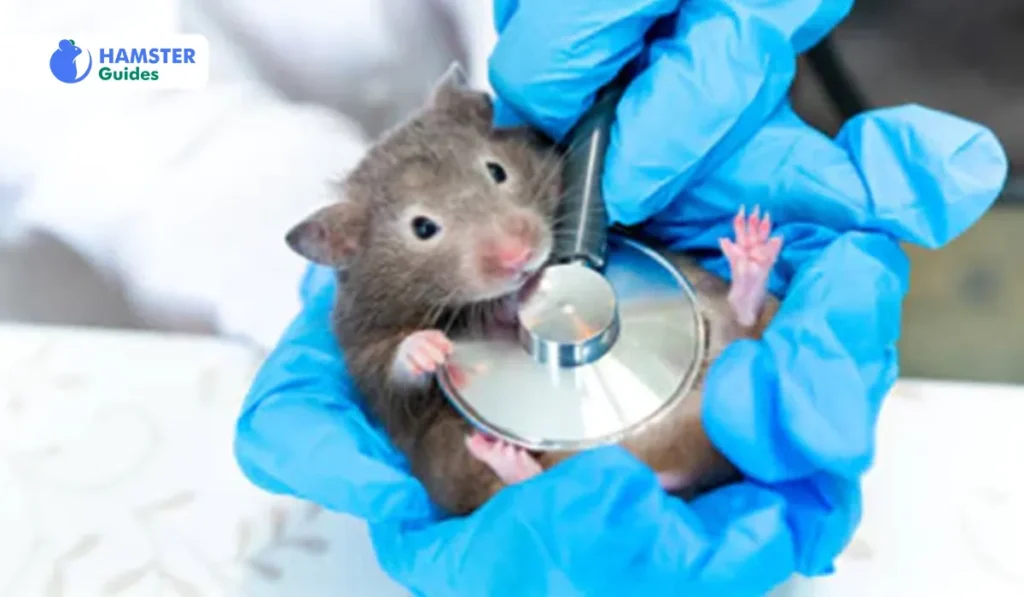
Being a small furry pet, regular checkups and proactive care for hamsters are crucial. Be careful of obesity, diarrhea, symptoms of infections or tumors, and other medical issues, including wet tail diseases.
You can avoid many health issues by taking some measures related to hygiene. You can manage the routine cleaning of the cage, providing fresh water and proper nutrition.
Watch for warning signs: reduced activity, poor appetite, diarrhea, sneezing/discharge (respiratory signs), coat changes, or lumps. Common problems include wet-tail (a serious diarrheal illness), respiratory infections, and dental overgrowth. Arrange an exam with an exotic-pet veterinarian if you notice abnormal signs. Consider an annual wellness check to detect issues early.
Related Resource: Can Hamsters Eat Nectarines?
Common Hamster Breeds
| Breed Size | Lifespan | Temperament | Notable Features |
| Syrian (Golden) Hamster Medium to large | 2-3 years | Docile, solitary | Golden fur, larger size |
| Chinese Hamster | Small 2-3 years | Territorial | Long tail, distinct coloring |
| Dwarf Hamster Small | 1.5-2 years | Social, active | Small size, social tendencies |
| Roborovski’s Hamster Tiny | 3-3.5 years | Very active | Extremely small, fast |
How To Take Care Of A Hamster As A Pet?
Hamsters as pets are not expensive. However, you must care cautiously for your small fluffy fur ball. Choosing suitable surroundings for your hamster to reside in is an aspect of giving it enough attention. Your pet’s well-being and health must always come initially.
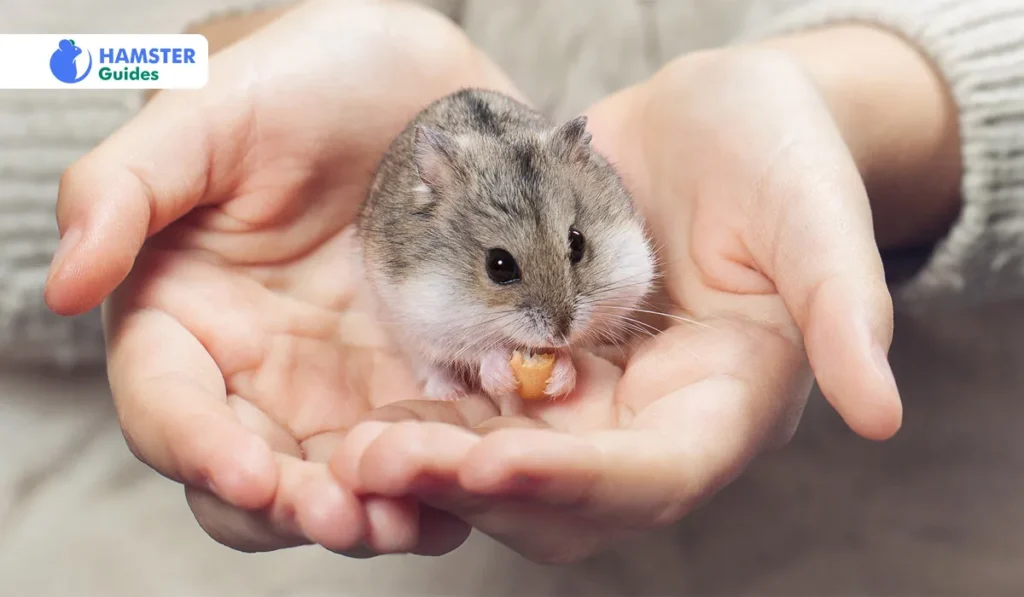
Ensure they get sufficient food, shelter, exercise, and social interaction. To take good care of your hamster, follow these instructions:
Hamster Diet Guide
| Food Item | Frequency | Quantity | Benefits |
| Nuts and Seeds | Occasional treat | 1 piece | Healthy fats, enrichment, teeth health |
| Fresh Vegetables | Every other day | 1 teaspoon | Added fiber, hydration, variety |
| Protein Treats | Once a week | Small piece | Essential for muscle growth and development |
| Hamster Pellets | Daily 1-2 tablespoons | Balanced nutrition, | essential vitamins |
| Fruits | 2-3 times per week | 1 teaspoon | Natural sugars, vitamins, occasional treat |
Additional Information: Food and drinking supplies are made hygienic and quickly offered using a sipper tube-equipped water bottle and a ceramic meal dish.
How To Take Care Of A Hamster While On Vacation?
It is difficult for you and your pet to live alone on vacation. Preparing a plan is vital for ensuring your hamster obtains proper care while you are away.
If you are away for more than 24–48 hours, arrange for a trusted sitter or small-pet boarding at a veterinary clinic. If bringing your hamster along, use a secure, well-ventilated carrier, bring familiar bedding, and avoid extreme temperatures. Never leave a hamster unattended for more than 48 hours — they need daily water and food checks.
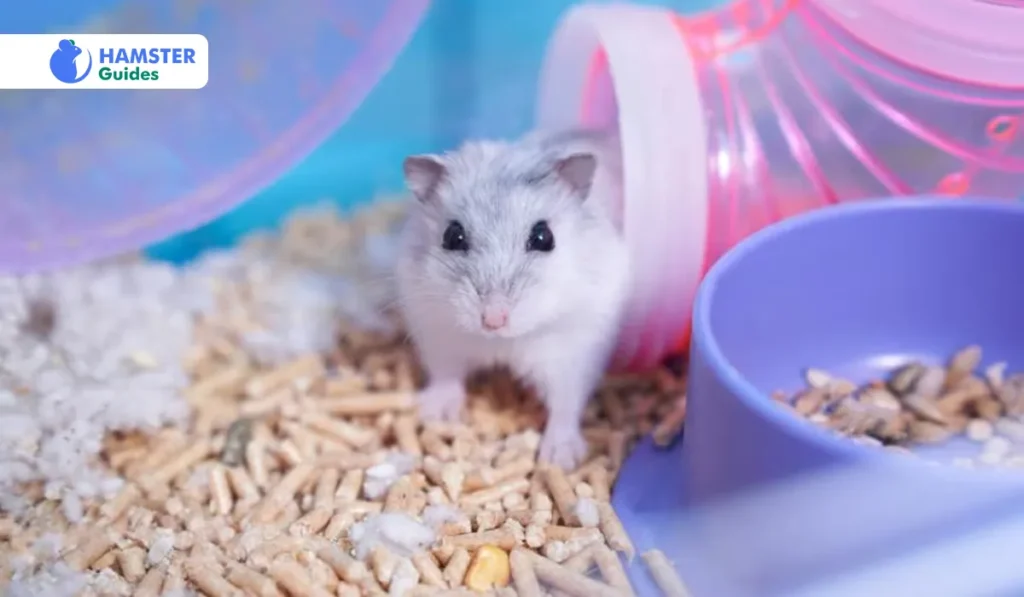
Below are a few suggestions to ensure your hamster gets adequate care when you are far away:
Pet Sitter: Ask someone in your family or circle of friends to check on your hamster regularly or arrange a reliable pet sitter. Provide thorough Instructions on how to feed the hamster regularly, handle it for cleaning, and change the water.
Avail Boarding Facility: Another convenient option may be to leave your hamster for care at a veterinary center or pet hotel.
Take with you: You can also take your pet with you. However, ensure you have everything your trip needs, including food and medicines. Proper planning lets you enjoy the journey, ensuring your beloved pet is safe.
Additional Information: Pick your hamster carefully for a short period until your hand is comfortable with them and make them believe to enjoy protected surroundings.
Related Resource: Can Hamsters Eat Butter?
How To Take Care Of A Hamster For Kids?
For children, taking care of a hamster might be an exciting and informative experience. However, it does require dedication. Teaching kids the importance of careful handling, feeding, and cleaning methods is essential for the hamster’s health. It is vital to keep an eye on kids when playing with the hamster to prevent mishaps or hurt.
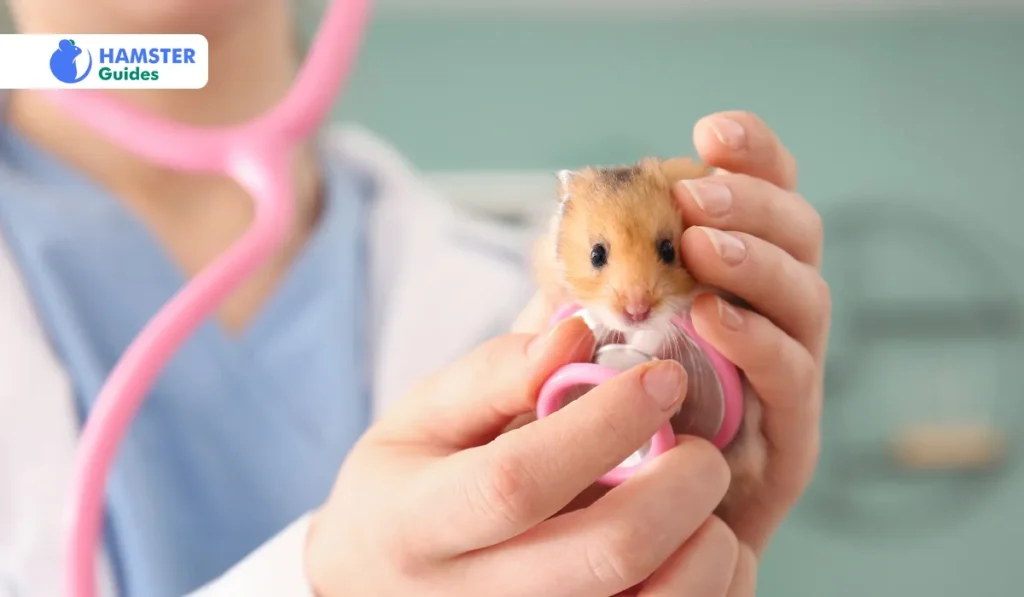
In addition, develop a connection between your kids and the hamster by speaking gently and touching it carefully. A daily schedule for feeding, cleaning, and playtime is also essential to building up crucial abilities like sympathy, responsibilities, and handling pets through proper advice and guidance. Furthermore, it is good to consider the following:
Patience: By nature, hamsters are cautious animals. When interacting with hamsters, children should remain calm and provide them with plenty of time to bond.
Setting the Stage: Pet teaching kids about the importance of careful handling, feeding, and cleaning methods is essential for the hamster’s health obligation. Educate them on secure handling ways and highlight the worth of playtime amid observation.
Safety First: Keep young kids under care while near hamsters to prevent unintentional harm.
Related Resource: Can hamsters eat oats?
How To Properly Care For A Hamster?
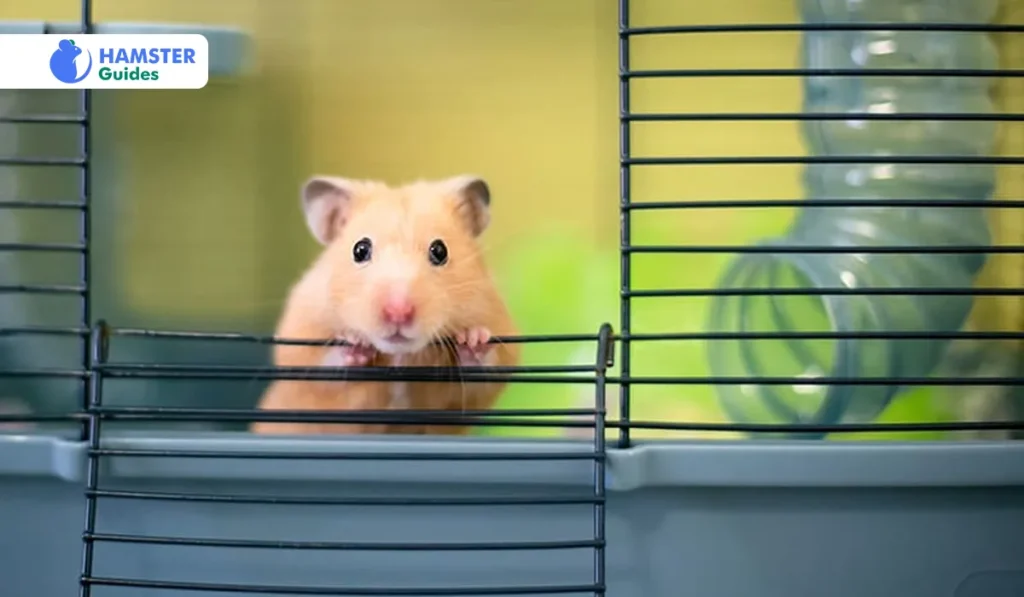
Hamster’s proper care requires effort and time. It is satisfying at the same time. Following this advice, you will be sure your hamster is happy, healthy, and growing in its organic environment.
Additional Information: To avoid respiratory issues, use dust-free substitutes such as paper bedding, aspen shavings, or other non-scented litter. An adequate depth of is approximately 3 inches for an organic, comfortable bedding excavation.
Common Hamster Health Issues
| Health Issue | Symptoms | Treatment | Prevention |
| Wet-tail | Diarrhea, lethargy, hunched posture | Antibiotics, supportive care | Clean environment, stress reduction |
| Respiratory | Wheezing, sneezing, nasal discharge | Antibiotics, humidifier | Clean bedding, good ventilation |
| Diabetes | Excessive thirst, weight loss, lethargy | Diet modification, insulin therapy | Redness, swelling, and discharge at wound site |
| Infections | Regular check-ups, a healthy diet | Antibiotics, wound care | Clean environment, proper handling |
| Tumors | Lump or growth under the skin | Surgical removal | Redness, swelling, and discharge at the wound site |
The Final Words
For beginner or professional pet owners, keeping a hamster is an enjoyable venture. Caring for a hamster—whether you’re a first-time owner or an experienced pet parent—can be deeply rewarding when done responsibly. A safe habitat, balanced nutrition, daily exercise, and regular veterinary checkups form the foundation of a healthy hamster life. With thoughtful planning (especially before vacations or when children are involved) and gentle daily interaction, you can give your hamster not just comfort, but also longevity and happiness. With the right care and attention, these small companions can thrive for years as joyful members of your home.









Leave a Reply